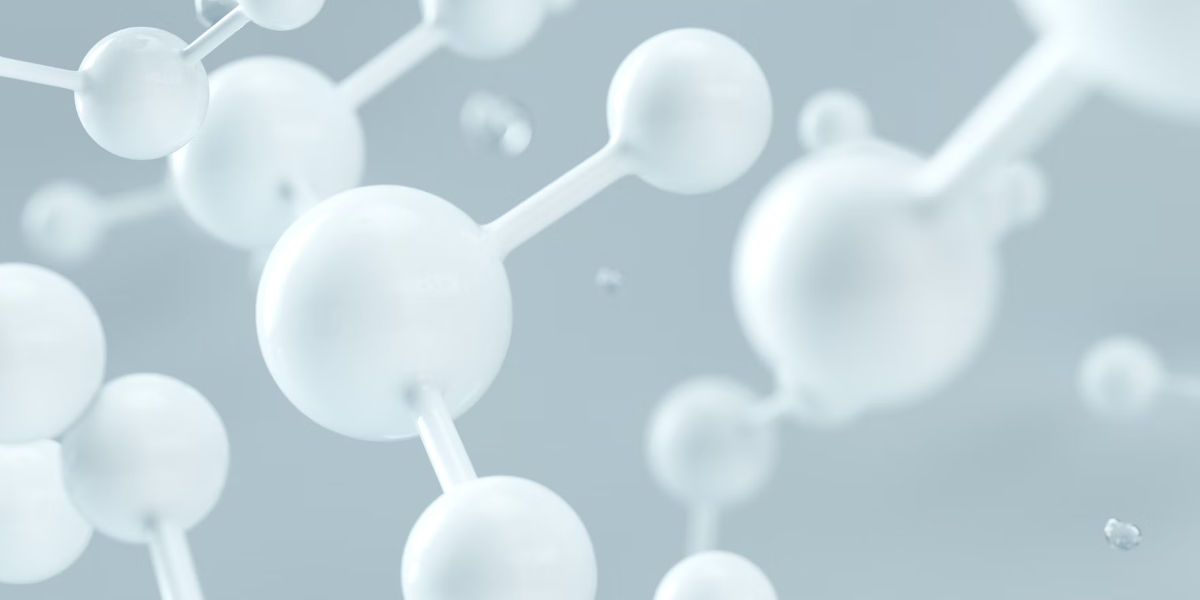In this fast-paced world where technology is continuously revolutionizing every sector, healthcare hasn't been left untouched. Of the many emerging technologies shaping the future of medicine, nanotechnology stands apart owing to its vast potential and myriad applications. Nanotechnology in medicine is a field where tiny tools and mechanisms, often smaller than a human hair's width, are used to prevent, diagnose, and treat various diseases more accurately, less invasively, and with better outcomes.
But how does nanotechnology work in medicine, and what are the benefits of nanotechnology? This article will explore these questions in depth.
Understanding Nanotechnology in Medicine
Nanotechnology involves the manipulation of materials at the atomic or molecular level, where one nanometer equals one-billionth of a meter. This technology is being used to build intricate structures and systems, as small as a human cell or even a DNA molecule. It has found its way into several fields, including electronics, energy, and most importantly, healthcareógiving birth to the realm of nanomedicine.
Through the nexus of biology and nanotechnology, medical professionals can now navigate the human body like never before. Nanoparticles can be designed to target specific cells or tissues, delivering drugs or other treatments directly where needed, reducing side effects and improving patient health outcomes. Other nanoparticles are used as contrast agents, improving the quality of medical imaging and helping specialists detect diseases at much earlier stages than traditional methods allow.
Benefits of Nanotechnology in Healthcare
As we delve deeper into the world of nanotechnology, we unearth an array of benefits that this technology offers. The benefits of nanotechnology range from more accurate diagnostic procedures and personalized medicine to better treatment options and overall improved patient care.
One of the most significant benefits of nanotechnology in healthcare is targeted therapy. This highly personalized form of medicine tailors treatment to individual patients' needs. Using nanotechnology, doctors can deliver treatmentsósuch as cancer-killing drugsódirectly to affected cells, reducing the harm to healthy cells and lessening the severity of side effects. This represents a significant improvement over traditional treatments, which can often harm healthy tissues or unable to accurately target diseased cells.
So, how does nanotechnology work in medicine, and how has it revolutionized healthcare? Let's explore a few mechanisms that spearhead this revolution in the upcoming sections.
Revolutionary Mechanisms of Nanotechnology in Healthcare
Nanotechnology in healthcare optimizes the delivery of medicine to target tissues, revolutionizing the medical field. One of these revolutionary mechanisms is nanoencapsulation or nanocarriers. Nanocarriers are designed to deliver medicine to specific cells or tissues in the body, significantly improving the effectiveness of treatment and reducing side effects. This targeted delivery system allows for the preservation of Medicine integrity, ensuring a sufficient amount of medicine reaches the intended destination.
The nanocarriers can be categorized into organic and inorganic carriers. Organic carriers include liposomes, dendrimers, and polymers, while inorganic carriers comprise gold particles, quantum dots, and magnetic nanoparticles. The kind of nanocarrier used depends on the nature of the medication administered and the target tissue.
Diagnostic Tools and Techniques
While nanotechnology plays a crucial role in drug delivery, it's also significantly transforming diagnostic techniques. The development of nanoscale biosensors has drastically improved the process of disease detection. Diseases can now be detected in their early stages, enabling prompt treatment and potentially increasing a patientís survival rate.
Employing nanotechnology has resulted in the creation of nanoarrays and quantum dots that aid in the detection of proteins, DNA, and other biomarkers associated with diseases. These nanotechnologies provide a sensitive, quick, and accurate diagnosis, contributing to more efficient healthcare services.
Benefits of Nanotechnology in Healthcare
One of the core benefits of using nanotechnology in healthcare is increased accuracy. This is especially crucial in disease diagnosis and drug delivery. Nanoscale devices enhance the accuracy of targeting specific cells or tissues, significantly reducing the risk of damaging healthy cells during treatment. This specificity also reduces the amount of medication required for treatment, minimizing the potential for adverse side effects.
Moreover, nanotechnology contributes to patient comfort. Many nano-based treatments are non-invasive, minimizing discomfort and speeding up recovery. Similarly, early detection and efficient treatment of disease through nanotech not only enhance the patientís quality of life but also extend it.
Another significant benefit of nanotechnology in healthcare is cost-effectiveness. Although the research and development costs are high, in the long run, Nanomedicine helps reduce healthcare costs. This reduction is achieved through targeted treatment, which lowers the amount of medication used, and early, accurate diagnosis, which reduces the need for expensive and invasive treatments caused by late-stage detentions.




